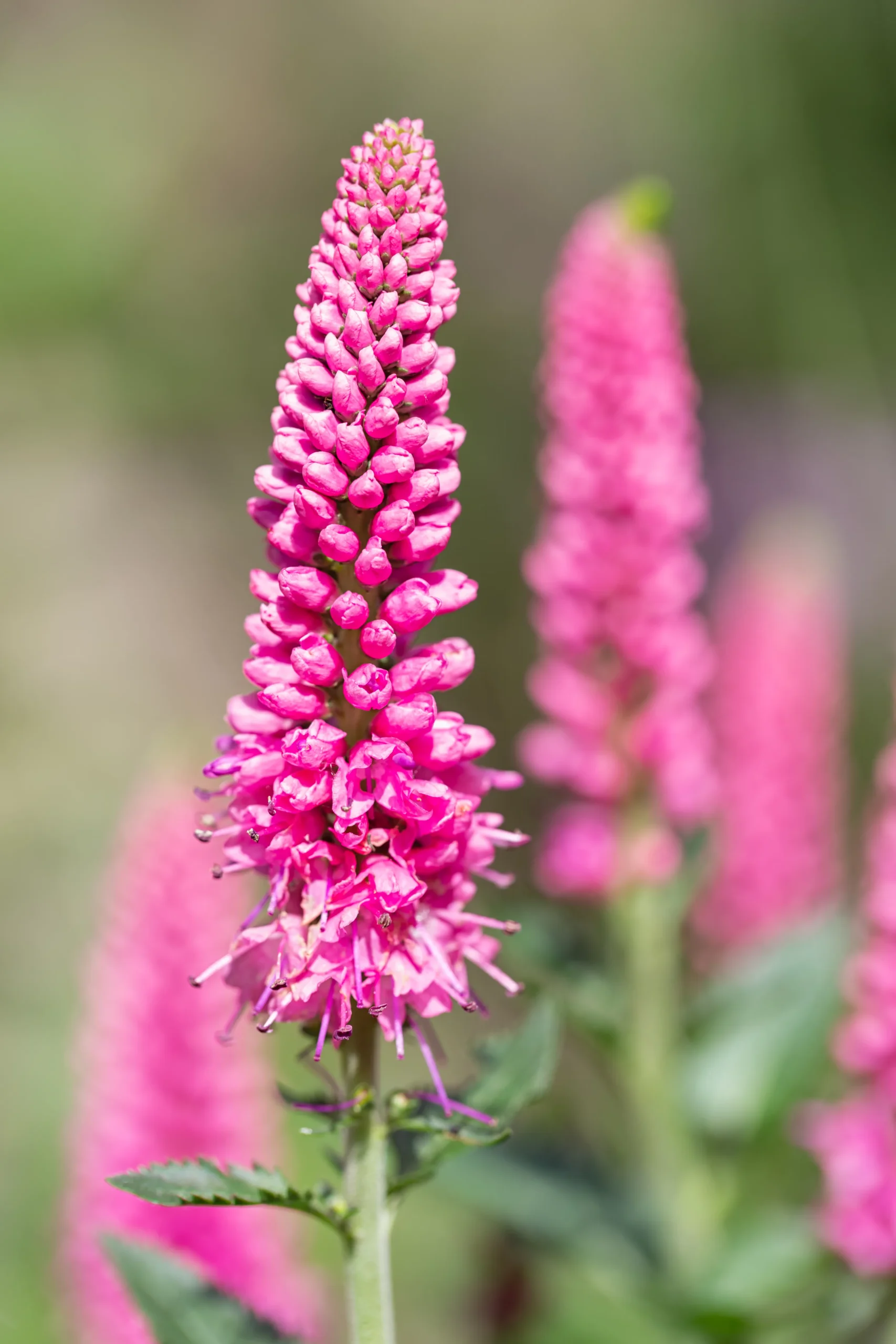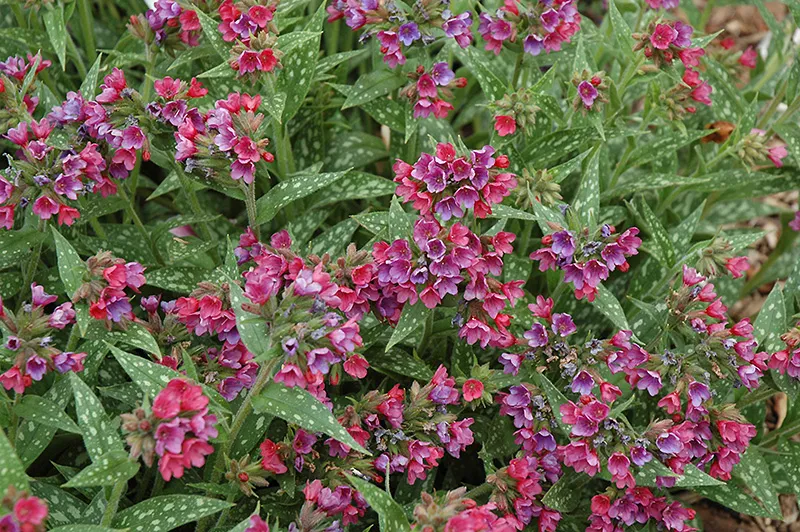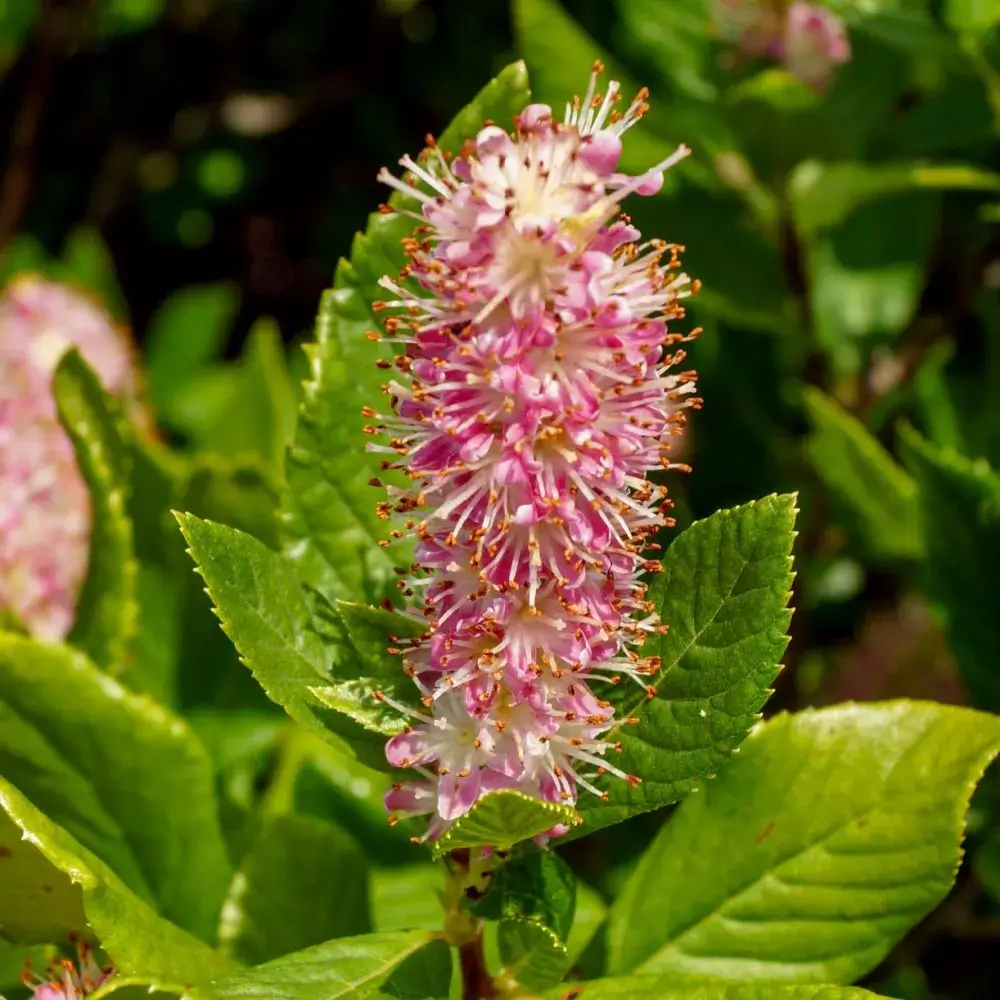Dive into the fascinating world of plants with our curated plant database, a hub of knowledge featuring a wide array of plant species. From vibrant blooms to rare specimens, explore the intricate details and diverse characteristics of the plant kingdom.
Veronica longifolia 'Alllove'
Pulmonaria Raspberry Splash
Geranium 'Rozanne'
Perovskia atriplicifolia
Monarda didyma
Gaura lindheimeri 'Karalee Petite Pink'
Eutrochium purpureum
Clethra alnifolia 'Ruby Spice'
Agapanthus 'Graskop'
Russian Sage, scientifically known as Perovskia atriplicifolia, is a highly valued plant in the world of gardening and landscaping due to its aromatic foliage, long blooming period, and the wispy, elegant texture it adds to landscapes.
Russian Sage Plant: Russian Sage is a woody-based perennial known for its tall, upright stems, covered in fine, silvery-gray leaves, and crowned with spires of small, lavender-blue flowers. It typically blooms from mid-summer to autumn, offering a long season of interest.
Perovskia Atriplicifolia: This botanical name refers to Russian Sage’s specific species within the Perovskia genus. It’s often chosen for its drought tolerance, ease of care, and ability to thrive in poor, well-drained soils. It’s also loved for its ability to attract bees and butterflies.
Landscaping with Russian Sage: In landscaping, Russian Sage is used for its airy, light appearance that can blend well with various garden styles. It’s often used as a border plant, in mass plantings for a dramatic effect, or as an accent in perennial beds. Its height and color make it an excellent choice for adding depth and dimension to a garden design.
Russian Sage Companion Plants: When pairing Russian Sage with other plants, consider those that complement its texture and color. Good companions include ornamental grasses, Echinacea (Coneflower), Rudbeckia (Black-Eyed Susan), and Sedum. These combinations can create a beautiful, drought-tolerant, and low-maintenance garden.
Russian Sage in Winter: In winter, Russian Sage typically dies back to the ground in colder climates. It’s advisable to prune the plant back in late winter or early spring before new growth begins. In milder climates, it may retain some of its foliage year-round.
Russian Sage Varieties: There are several varieties of Russian Sage, each varying slightly in size, form, and hue. ‘Little Spire’ is a compact variety, ideal for smaller gardens. ‘Blue Spire’ features darker blue flowers and a more upright growth habit. ‘Longin’ is known for its more erect and less floppy posture.
In summary, Russian Sage (Perovskia atriplicifolia) is a versatile and attractive plant, ideal for adding color, texture, and height to a garden. It’s valued for its ease of care, drought tolerance, and the long-lasting, attractive display it provides. When planning a garden with Russian Sage, consider its growth habit and how it pairs with other plants to create a cohesive and appealing landscape.
Sign up below to get exclusive deals, discounts, and new plant collections—delivered straight to your inbox! Plus, stay inspired with the latest gardening tips, landscaping trends, and DIY garden ideas. Start growing with us today!
A big thank you for subscribing to the PBN Design newsletter.
We're thrilled to have you join our community. Get ready for exciting updates, insightful content, and more delivered straight to your inbox.
Stay tuned!
Go back








;)
